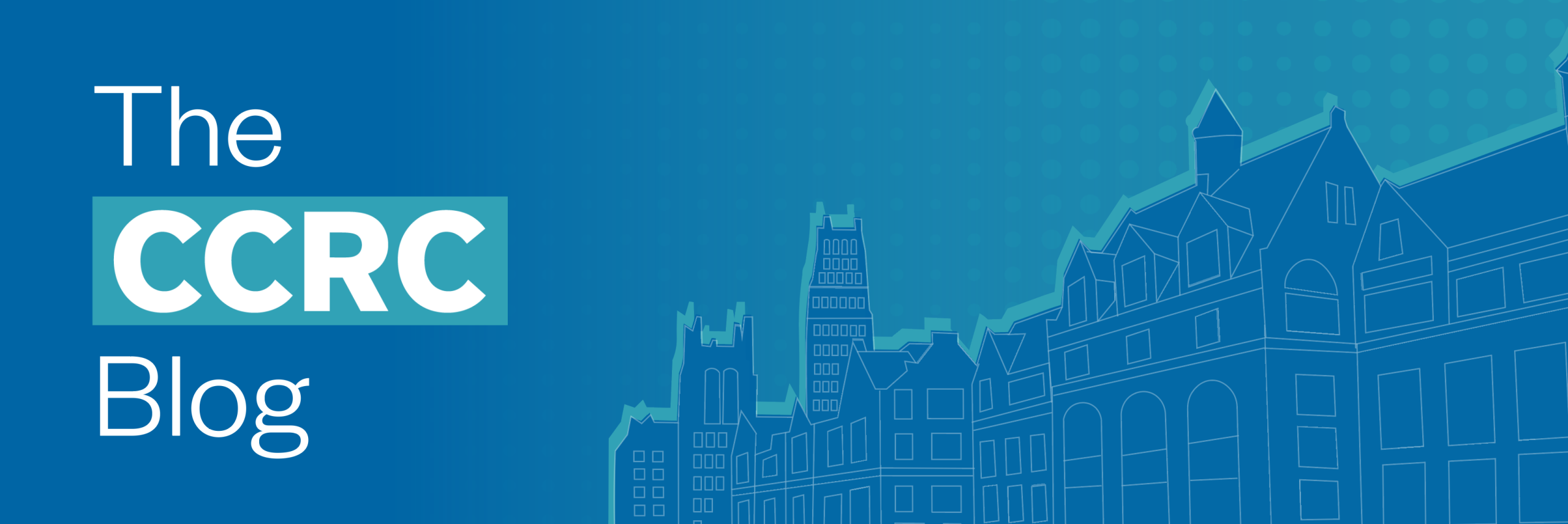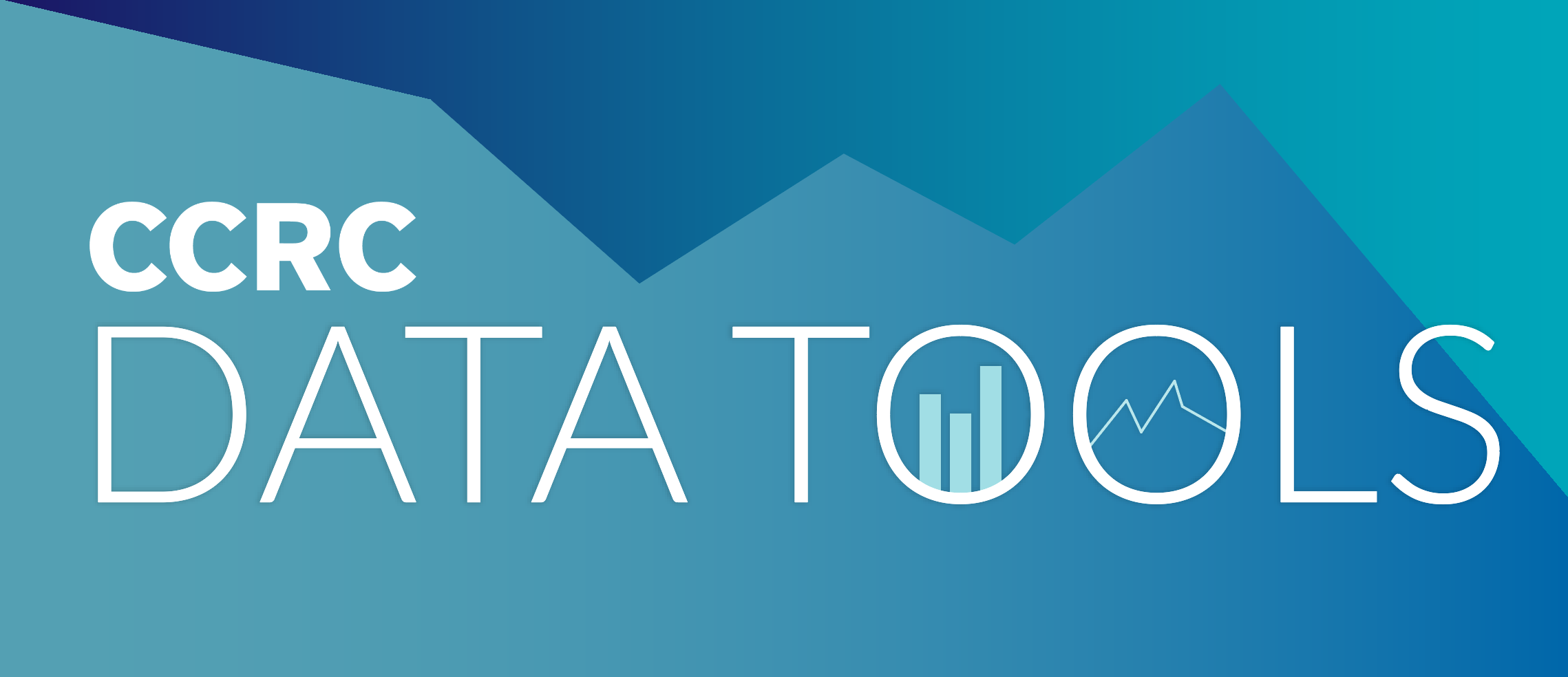A few months ago, Tom Bailey, Davis Jenkins, and I received an email from a community college librarian who inquired about rumored apocrypha from our book Redesigning America’s Community Colleges. She wrote: “My college is leaning heavily on your research as we undergo a guided pathways redesign. I see a gap in the library literature regarding how academic libraries can support this work, and have heard that your original manuscript contained a longer section about library contributions. If this is the case, would you be willing to share these edited sections with any of us in the library community?”
The rumors are true: As with most published books, ours was originally sprawling enough to encompass several books. Every piece that landed on the cutting room floor was painful but necessary to streamline the book into a form that was compelling and readable for a large general audience. When we cut some of the detail from the “librarian” section, we discussed the idea of expanding and revising it into a short, additional stand-alone piece, but other priorities intervened (one of whom just celebrated his fifth birthday).
In the years since the book was published, guided pathways has become a national movement. At the same time, the field has become increasingly aware of the untapped potential of libraries—and librarians—in supporting community college student success. For example, the research organization Ithaka S+R, which has a long and fruitful history of engagement with university research libraries, now has a large-scale project focused on community college libraries.
So, how to respond to the librarian’s request? We dug through personal archives and unearthed the original draft of the “librarian” section of the book, which we supplied in raw, unedited form to our inquirer. But this response felt insufficient. A discussion of the librarian’s request with Dr. Amanda Folk, the head of teaching and learning at the Ohio State Libraries, led Dr. Folk to graciously agree to help me update and expand our original draft. In a new stand-alone essay, we argue that student information literacy is an important component of guided pathways, and we review the traditional role of librarians in enhancing students’ information literacy.
Most community college librarians already provide information literacy workshops, but as we argued throughout Redesigning America’s Community Colleges, stand-alone services such as workshops typically fail to engage the students (and faculty) who need them most. Librarians can play a much more powerful role in guided pathways by partnering with disciplinary faculty and academic administrators to insert information literacy objectives into institutional improvement plans. They can also help to develop information literacy-related assignments, assessments, and other tools that faculty can use in a wide array of disciplinary courses. In particular, librarians can partner with the teams of advisors and faculty who manage meta-majors or first-semester “college success” courses to embed information literacy in students’ pathways and improve their capacity to explore and weigh their major and career options.
At many institutions, the engagement of librarians in large-scale instructional and curricular design will require some degree of cultural shift. Faculty and administrators may need to expand their understanding of the role that librarians can play in the institution’s student success work. In turn, librarians need to be willing (and explicitly communicate their willingness) to push beyond traditional perceptions of their role. We hope our essay will be useful in helping these stakeholders envision new and exciting roles for librarians at their institutions.





